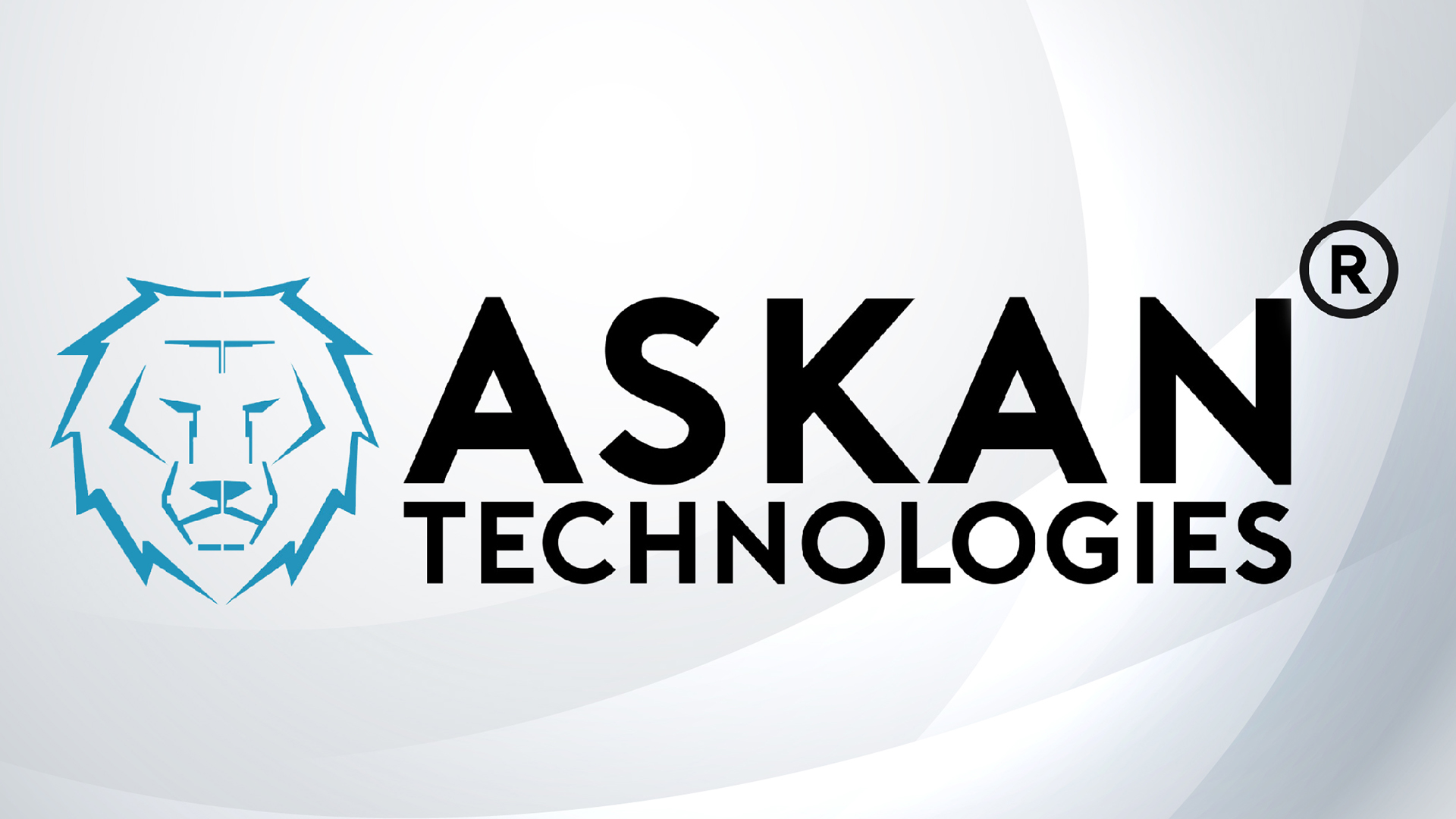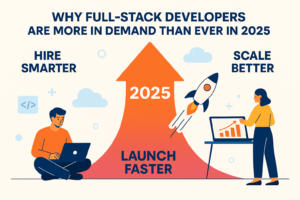In an era marked by rapid technological advancements, Artificial Intelligence (AI) has emerged as a transformative force across diverse industries.
Its impact in the realm of sports is particularly profound, revolutionizing everything from athlete performance and fan engagement to injury prevention and strategic decision-making.
This article explores the multifaceted applications and uses cases of AI in sports, illustrating how this cutting-edge technology is not just reshaping but fundamentally elevating the global sports landscape.
- Performance Enhancement Through AI
- Injury Prevention and Recovery with AI
- AI in Game Strategy and Decision Making
- Revolutionizing Fan Experience with AI
- Transforming Scouting and Recruitment with AI
- Final thoughts
1. Performance Enhancement Through AI
AI's most celebrated contribution to sports is perhaps in the domain of performance enhancement. Cutting-edge AI algorithms are now integral to analyzing athlete performance, offering insights that were previously unattainable.

Wearable AI tech, like Catapult Sports devices, is now ubiquitous, providing real-time data on athlete performance, including heart rate, speed, and even fatigue levels. These devices tracked over 250,000 athletes in 2020 alone, showcasing their wide acceptance.
The AI algorithms analyze this data, offering tailored training regimens and actionable insights. For instance, in the NBA, teams like the Golden State Warriors use AI to analyze player movements, resulting in a 10-15% reduction in player injuries.
Moreover, the use of AI extends beyond the field or court. It's employed in training simulations that can predict and react to an athlete's movements, providing a dynamic and responsive training environment.
This not only sharpens the athlete's skills but also prepares them for a range of in-game scenarios.
2. Injury Prevention and Recovery with AI
Injuries can derail an athlete's career, and here too, AI is making a significant impact.Predictive analytics, a facet of AI, is used to forecast potential injury risks.

By analyzing historical data, training loads, and recovery times, AI models can predict the likelihood of future injuries. This predictive capability allows for timely interventions, thereby mitigating the risk of severe injuries.
A study involving UEFA Champions League players saw a 50% reduction in severe injuries using AI-based monitoring. In recovery, AI-powered solutions like TRAZER offer personalized rehabilitation programs, significantly cutting recovery times.
For example, FC Barcelona's use of AI in predicting player injuries has significantly reduced their injury rates.
These AI systems can adjust recovery programs in real time based on feedback from the athlete's body, ensuring that the rehabilitation process is as effective as possible.
3. AI in Game Strategy and Decision Making
The strategic aspect of sports has embraced AI innovations. Coaches and team managers now turn to AI for dissecting opponents' gameplay and formulating counter-strategies.
In sports such as cricket and tennis, AI systems meticulously analyze extensive datasets to provide tactical recommendations and optimize player strategies.
As an illustration, the Indian cricket team collaborated with IBM Watson to leverage AI insights, enhancing their strategic decision-making.
Moreover, AI is also being used for in-game decision-making.
Real-time data analysis allows coaches to make informed decisions on strategies like player substitutions and play formations, adding a dynamic and data-driven edge to the game.
4. Revolutionizing Fan Experience with AI

AI's influence extends beyond the athletes and coaches, significantly enhancing the fan experience.
AI-driven platforms are capable of personalizing content, powered by AI, has led to a 30% increase in viewer engagement in sports streaming platforms.
Interactive platforms like MPL (Mobile Premier League) Fantasy Football, leveraging AI, have seen a user base growth of over 400% in the last year.
Furthermore, AI-driven VR experiences are providing immersive viewing encounters, with the VR sports market expected to reach $3 billion by 2025.
For instance, the NFL's use of VR for fan engagement allows fans to experience games from the perspective of players on the field, providing a novel and engaging way to enjoy the sport.
5. Transforming Scouting and Recruitment with AI
The scouting and recruitment process in sports has been thoroughly revamped by AI. Traditional scouting methods, while effective, are resource-intensive and subject to human error.
AI, on the other hand, can analyze vast datasets on athletes' past performances, physical attributes, and potential growth with unparalleled precision and efficiency.
This not only helps in identifying top talent but also uncovers potential stars who might be overlooked otherwise.
For example, Arsenal FC employs AI to scout potential signings, analyzing data from over 2,000 football matches per week.
This comprehensive analysis ensures that the club's signings are backed by robust data, reducing the risk of expensive missteps.
6. Final thoughts
The applications of AI in sports are as diverse as they are impactful, permeating every aspect of the industry.
From enhancing athlete performance to revolutionizing fan engagement and transforming the scouting process, AI's influence is undeniable.
As technology continues to evolve, the potential of AI in sports is boundless, promising even more sophisticated and impactful applications in the future.
Organizations like Askan Technologies, with their expertise in AI, are ideally positioned to help sports entities harness this potential, ensuring that the sports industry continues to innovate and captivate the world.











Applications and Use Cases of Artificial Intelligence in Sports
In an era marked by rapid technological advancements, Artificial Intelligence (AI) has emerged as a...
Share this link via
Or copy link